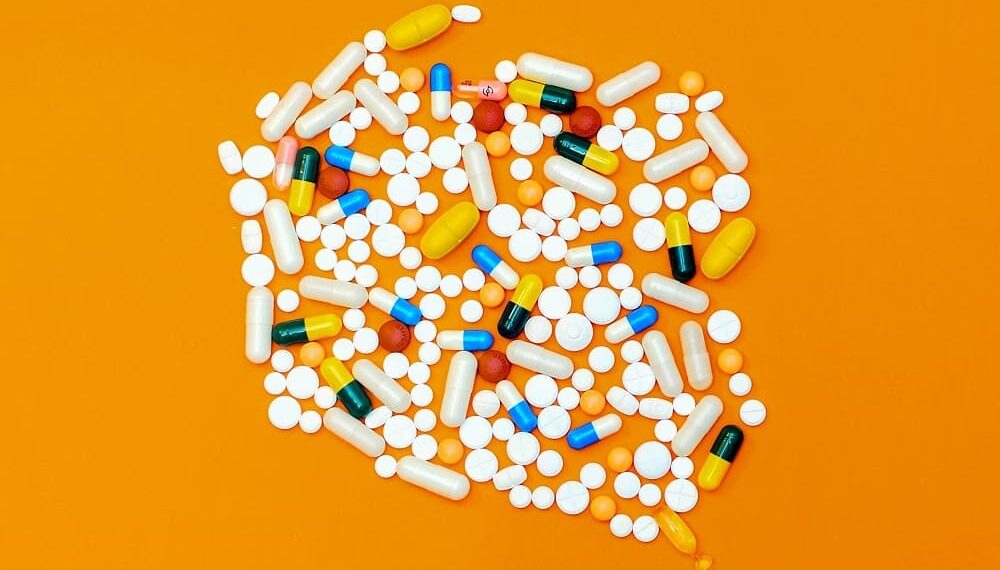It shouldn’t come as a surprise when we call India a global powerhouse when it comes to generic drugs. The Indian pharmaceutical companies cater to more than 50% of world vaccination supplies as well as 40% generic demand in the US and 25% of medicines across the UK. In terms of volume of pharmaceutical production, India currently ranks 3rd globally and stands 14th in terms of value. The domestic number of pharmaceutical companies comprises 3000 drug companies and around 10500 manufacturing units.
Needless to say, India has minted its position amongst the global Pharma names. The country has, by and large, a great pool of senior scientists and engineers who have the acumen and potential to take the present system to greater heights. As of date, Indian pharmaceutical companies supply more than 80% of antiretroviral drugs which are used to combat AIDS, to global companies.
The Present Market Pie
As per the data shared by the Indian Economic Survey 2021, the country’s domestic market is bound to see a growth of three times in the coming decade. The numbers in 2021 are expected to be US$ 42 billion and may touch US$ 65 billion in the next couple of years, ie. by 2024. The figures are further expected to reach US$ 120-130 billion by this decade-end. It is well to be noted that the Indian biotech industry comprises biopharmaceuticals, bio-services, bio-industry, bio-agriculture as well as bioinformatics. The industry, which was valued at somewhere around US$ 64 billion in 2019, is estimated to reach US$ 150 billion by 2025.
The medical devices market, on the other hand, stands at US$ 10.36 billion in the financial year 2020 and is most likely to increase at a CAGR of 37% between 2020 and 2025 to touch US$ 50 billion. As per the CARE ratings of August 2021, the overall pharmaceutical business in the country is pegged to develop at 11% in the next couple of years and reach US$ 60 billion in value.
India today is regarded as a prominent and rising player in the global arena. Being the largest supplier of generic medications, the country accounts for 20% of the global supply volume and caters to a whopping 60% of the global vaccination demand. In terms of where the Indian Pharmaceutical sector falls on the chart, with US$ 42 billion, it ranks 3rd when it comes to volume and 13th in value across the world.
As per the figures of August 2021, the domestic pharmaceutical market rose at 17% annually from 13.7% a year back, ie. in July 2020. As per India Ratings & Research, the pharmaceutical market revenue will be over 12% YoY in the financial year 2022.
The Exports Analysis
The drugs and pharmaceutical exports from India touched 24.44 billion in the financial year 2021. The country happens to be the 12th largest exporter of medical goods globally, and its pharmaceutical sector adds 6.6% to the overall merchandise exports. As per the data from May 2021, India took the ownership of giving away COVID-19 vaccines worth Rs. 586.4 lacs. This figure comprises grants of Rs. 81.3 Lacs, exports under the COVAX platform of Rs. 165.5 lacs, and also commercial exports worth Rs. 339.7 lacs to 71 countries of the world.
The Indian drugs are exported to over 200 nations, big or small, across the globe, with the USA being a prominent market. Of the total drugs, generic drugs comprise 20% of the export market globally as far as volume is concerned, making India achieve the feat of largest generic medicines provider globally. The country’s drug and pharmaceutical exports amounted to US$ 3.76 billion in just one month between April and May 2021. The FDI influx in the sector touched US$ 18.12 billion between April 2000 and June 2021, and it subsequently reached a figure of US$ 130 million between the two months of April and June 2021.
When it comes to a particular export market in the financial year 2021, North America was the most penetrated, with Indian pharmaceutical exports having a 34% share whereas, the exports to the US, Mexico, and Canada saw a surge of 12.6%, 21.4%, and 30% respectively.
What Lies Ahead
The spending on medicines is expected to grow in India up to 12% in the next 5 years, making it one of the top ten countries globally. However, in the years to come, a boost in domestic sales will depend largely on how companies can align their respective products towards chronic therapies like anti-diabetes, cardiovascular, anti-cancer as well as anti-depressants, cases of which are seeing a surge lately.
The government authorities have already shown inclination towards bringing down the cost and healthcare expenses. The focus has been the swift introduction of generic drugs, resulting in benefiting the domestic pharmaceutical companies. What also proves to be exciting for these companies is the country’s push towards rural healthcare programs, preventive vaccines, and lifesaving drugs. From what we can see, the roadmap for pharmaceutical development in India has been charted-out with some tangible and exciting progress.



















